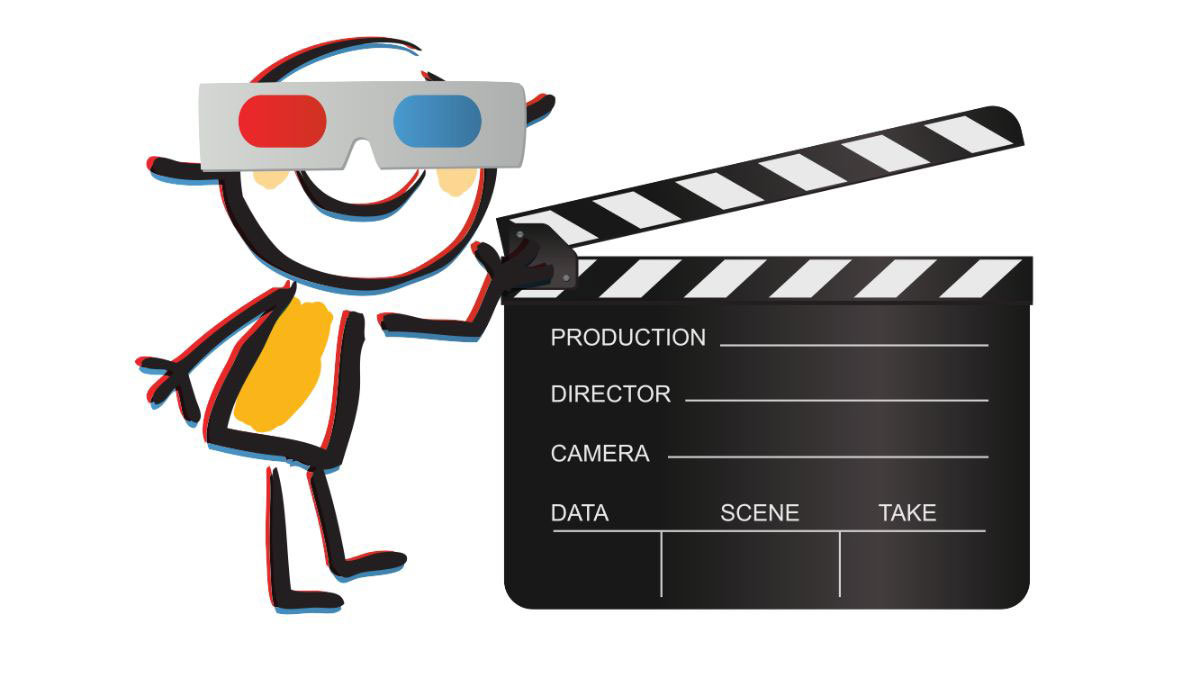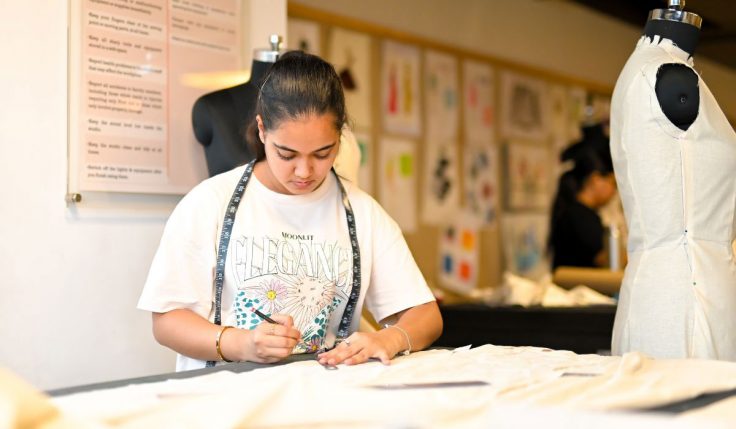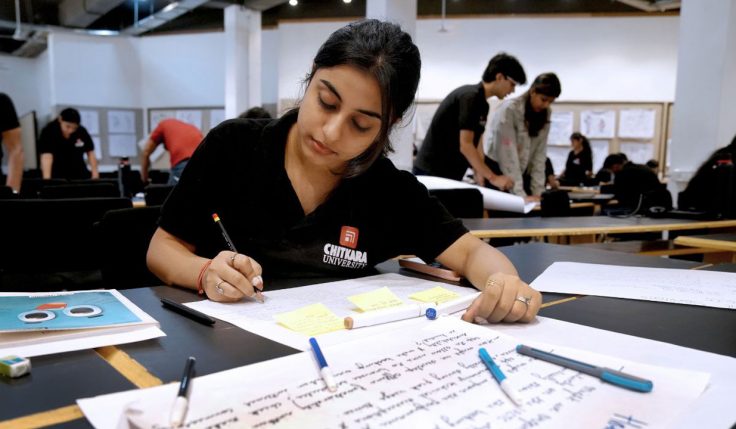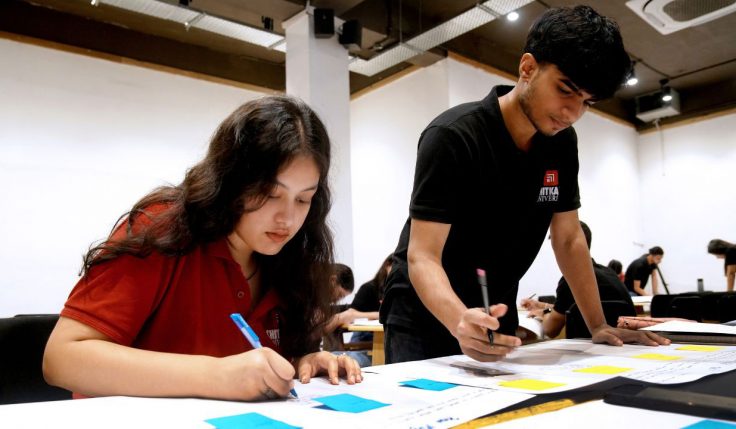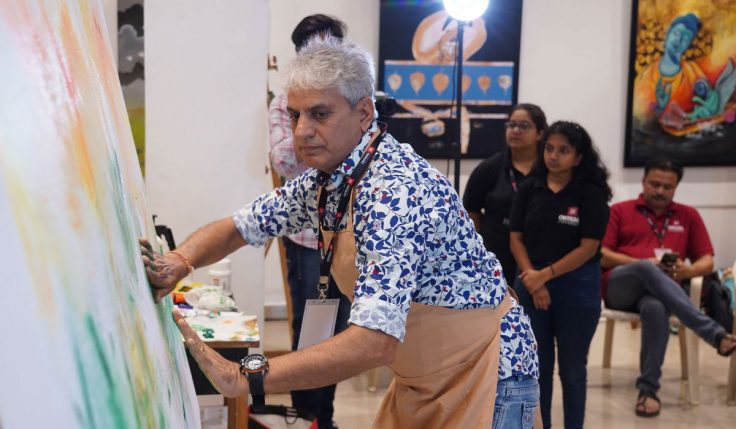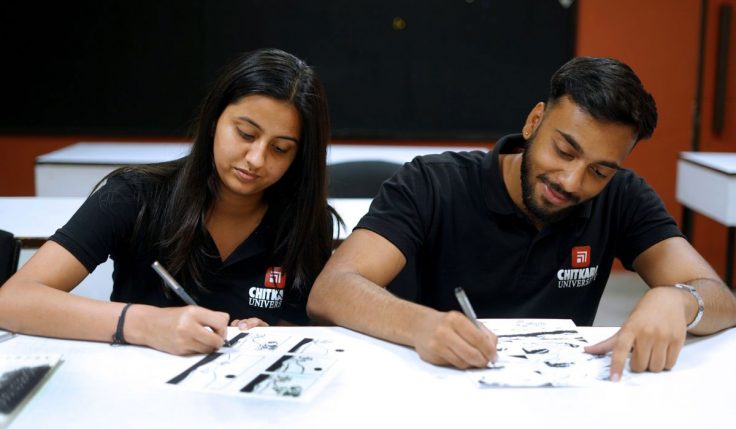The world of 3D animation is changing dramatically, with a slew of new technologies transforming the scene and providing unprecedented opportunity for budding animators. Understanding these cutting-edge innovations is not only necessary for students with a love for creativity and a desire to explore the future of animation—it’s thrilling.
Let’s take a look at how these technologies are impacting the future of 3D animation, making a B.Des. in Animation a fascinating and important educational option.
Real-Time Rendering: Revolutionizing Animation Quality
Traditionally, rendering complex 3D scenes demanded substantial time and resources, limiting the creative process. However, real-time rendering engines like Unreal Engine and Unity have revolutionized this landscape. These engines empower animators to create visually stunning, cinematic-quality scenes in real-time. Notably, this technology is not confined to the gaming industry alone; it’s expanding into films, virtual reality (VR), and augmented reality (AR). The ability to create immersive, high-quality 3D animations in real-time is a game-changer, offering animators unprecedented creative freedom.
Virtual Reality (VR) and Augmented Reality (AR): Immersive Storytelling
VR and AR technologies have catapulted storytelling into realms previously unexplored. VR immerses audiences in fully realized 3D worlds, enabling interactive narratives and immersive experiences. AR overlays digital content onto the real world, enhancing the viewer’s perception of reality. In animation, these technologies have diversified storytelling platforms, from educational applications to interactive gaming experiences. Mastering the intricacies of VR and AR opens doors to careers in diverse sectors, from entertainment to education and beyond.
Machine Learning and AI: Enhancing Animation Efficiency
Machine learning and artificial intelligence (AI) have found a significant foothold in the animation industry. AI algorithms are automating repetitive tasks, allowing animators to focus on refining creative elements. In character animation, AI-driven tools analyze human movement patterns, enabling the creation of lifelike, nuanced animations. AI’s predictive capabilities assist animators in anticipating characters’ emotions and movements, enhancing the overall storytelling experience. Proficiency in AI-driven animation tools not only streamlines workflows but also positions animators at the forefront of this technological revolution.
3D Scanning and Photogrammetry: Realism Beyond Imagination
Capturing the real world in exquisite detail has become achievable through 3D scanning and photogrammetry. These technologies enable animators to transform physical objects, environments, or even people into meticulously detailed 3D models. Historical landmarks, artifacts, or even facial expressions can be recreated with astonishing realism. In the hands of skilled animators, 3D scanning and photogrammetry elevate animation to unparalleled heights of authenticity and detail.
Holographic Displays: Animation in the Third Dimension
While still in its nascent stages, holographic displays hold the promise of bringing 3D animation into our living spaces with astounding clarity. Imagine a 3D character stepping out of the screen, seamlessly blending into our physical environment. As holographic display technology advances, animators will have the opportunity to create content that exists in the tangible space of viewers, blurring the lines between the digital and physical worlds.
Embracing the Future of Animation
In this era of technological marvels, pursuing a B.Des. in Animation is an invitation to explore the limitless horizons of creativity. Real-time rendering, virtual and augmented reality, machine learning, 3D scanning, and holographic displays are not just buzzwords; they are the building blocks of the future of animation. As students dive into these technologies, they embark on a transformative educational journey, preparing themselves to redefine the boundaries of animation. The fusion of artistic vision with technological prowess is shaping a new era in 3D animation—one where innovation knows no bounds. Welcome to the future, where the world of animation awaits your boundless creativity
Read this blog post: Animation: An Overview of Definition, History, and Types
Chitkara University stands as a beacon for aspiring animators, providing a platform where creative visions come to life. Through specialized undergraduate programs in Animation, Chitkara empowers students to bring characters to life, tell compelling stories, and design immersive digital worlds.
Chitkara University’s undergraduate programs in Animation are more than just degrees; they are gateways to exciting careers in the rapidly growing animation industry. These specialized design programs cover a spectrum of skills, from character creation to film editing. Students learn to design, paint, model, texture, animate, light, compose, and edit films, honing their abilities to create captivating visual narratives. The programs are structured to infuse life into characters, recognizing their pivotal role in games, videos, and marketing campaigns. Graduates emerge with skills that meet the dynamic standards of the global animation industry.
The four-year animation program at Chitkara University sharpens multimedia skills, transforming students into sought-after professionals in the job market. From storyboarding to industry-standard technologies, students delve deep into animation theory, motion, timing, storytelling, and digital technology. The curriculum not only imparts knowledge but also focuses on its practical application. Labs equipped with cutting-edge tools and industry-standard software facilitate hands-on learning, ensuring students master major trends in visual, digital, and special effects arts.
Chitkara University’s animation programs prioritize experiential learning. Through compulsory internships, students gain invaluable insights into industry trends and requirements, enhancing their readiness for professional roles. Moreover, the university’s extensive global partner network facilitates student and staff mobility, collaborative teaching, research, conferences, and practical training. This exposure not only enriches the learning experience but also positions students at the nexus of international animation expertise. Upon completion of the program, Chitkara graduates are equipped for a myriad of exciting career paths. Whether it’s becoming animation film designers, character designers, illustrators, visualizers, video editors, or game UI designers, the possibilities are boundless. From VFX artists to 3D and 2D animators, Chitkara alumni are well-prepared to leave their mark in the animation industry.
